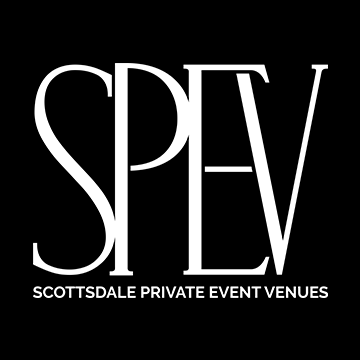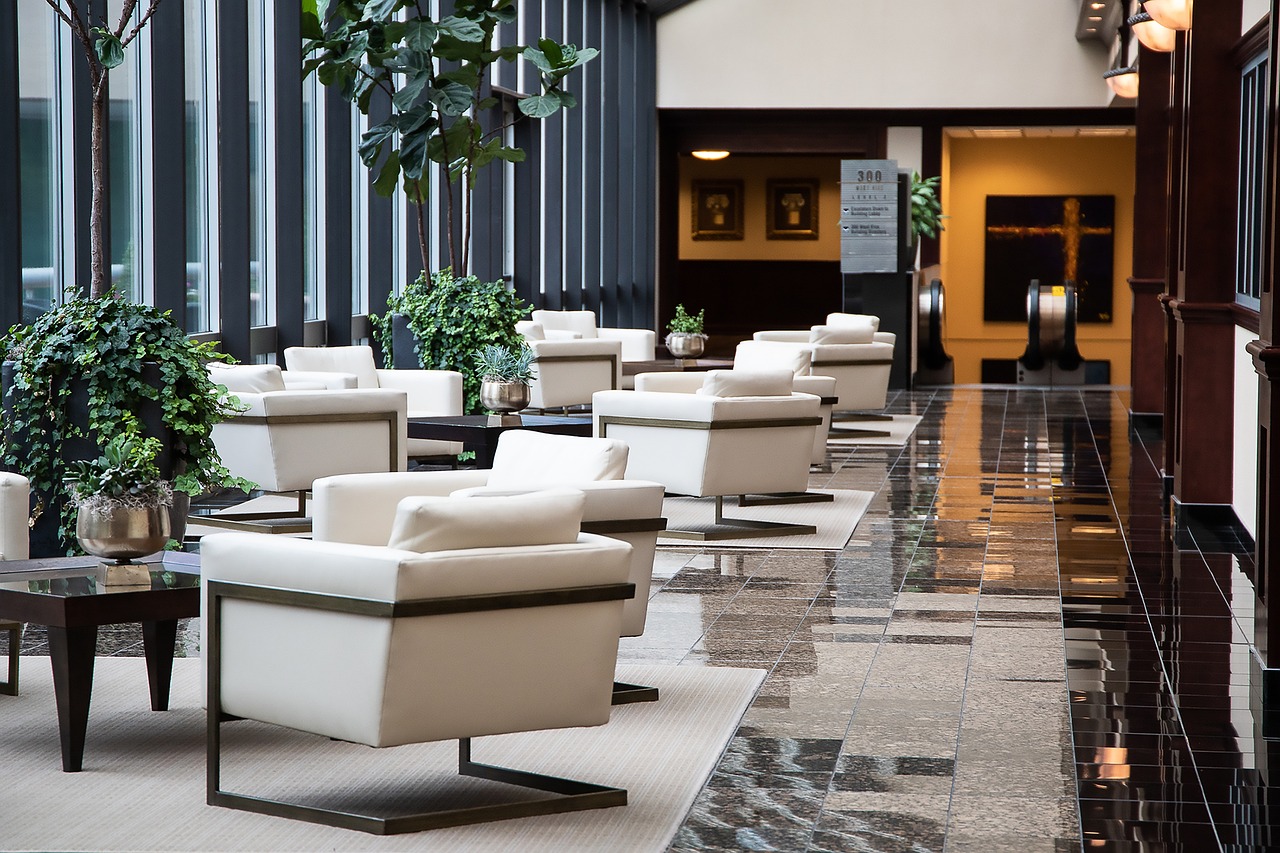FAM basics
If you are considering taking a property or destination up on the offer of a familiarization, aka fam, trip, our weekly guest blogger Andy McNeill, president and CEO of American Meetings, Inc, has a few tips to consider. Here’s his take on fam do’s and don’ts.
Along with the long hours spent on site, countless airport hassles, and the weekends you sacrifice for the meetings you plan, there are a few perks that come with being a professional in the meetings and events industry. A fam trip is one of them. In exchange for your time, the fam host, or hosts, will usually pay your expenses or provide a significant discount. Professional meeting planners, travel agents, and meeting marketing professionals can have the opportunity to learn about cruise ships, destinations, hotels, venues or even a region by attending one of these trips. Before you sign, however, consider the following and check your company fam trip policy.
First and foremost
First and foremost, know and understand the sponsoring organization. As they say, nothing is for free, and there is a reason you have been invited. They want you to bring future business. Organizations that host fam trips invest significant time and money ensuring they invite the right guests. Show professional courtesy and politely decline invitations if you know there is no opportunity for bringing them business. The sponsoring organization may be a tourism board, a hotel, or a cruise line. It may be a consortium of partners in a specific area of the world. Make sure they are quality partners who can meet a future need. For example, while a destination may sound amazing, if the venues and vendors are not of the type your groups like to work with, it won’t be worth it.
You should plan to see lots of destinations and have one-on-one meetings throughout the trip—usually most or all of your time is scheduled. Be respectful of the sponsoring organization. Attend to learn about the destination and to become a seasoned expert, not to have a vacation.
Before accepting, always ask to see a schedule of destinations, venues, and activities, to determine if they meet your needs. If venues are not the star or diamond level you typically work in, then don’t attend. Do research online and grab a Frommer’s guide. The more you know, the better the interaction you’ll have with the suppliers. Also, ask to see a list of other invited attendees; an added fam benefit is meeting industry peers. You may also want to scan for competitors, or conflicts of interest.
Now that you have done your research
Now that you have done your research, to get the most out of the trip, plan like you would plan for any other networking opportunity. Whether it’s with the hotels, local destination management companies, venues, or the other guests, socialize with everyone, not just old friends or a few people with whom you feel comfortable. If a particular property is of interest, then set aside some time to have an extra meeting with representatives from that site. Most likely, there will be planned networking during private meetings, receptions, and meals. Ask for business cards at each meeting and be honest with venues. If you would never use an activity or venue, be upfront and tell them why: “My group is too large for your property,” or “Your activity does not fit our theme.” Be respectful but firm. It will save both of your time.
While they are work, fam trips can be valuable experiences. You can see the world while increasing your knowledge and your network. Always be respectful of your host, and make ethical decisions about your attendance. They can be the best way to choose destinations and activities and provide an incredible value to your clients.
by Sue Pelletier in face2face http://meetingsnet.com/blog/fam-basics





















